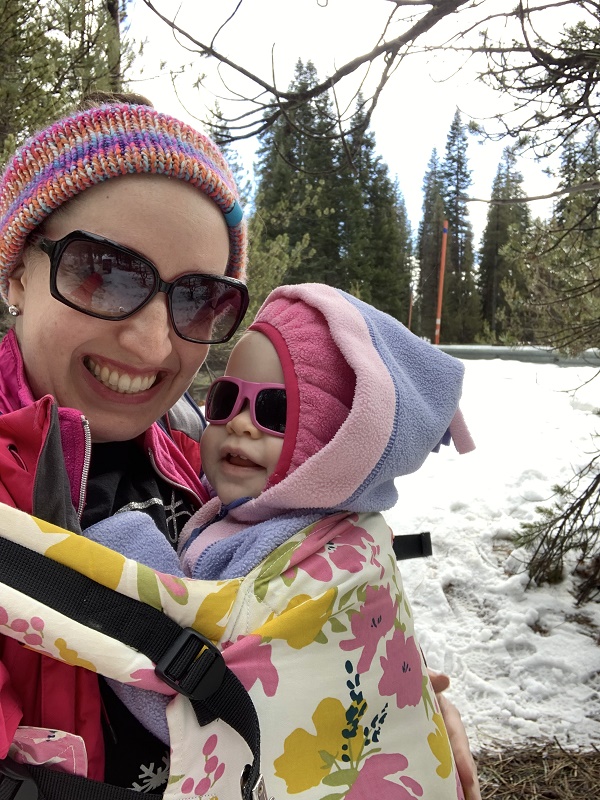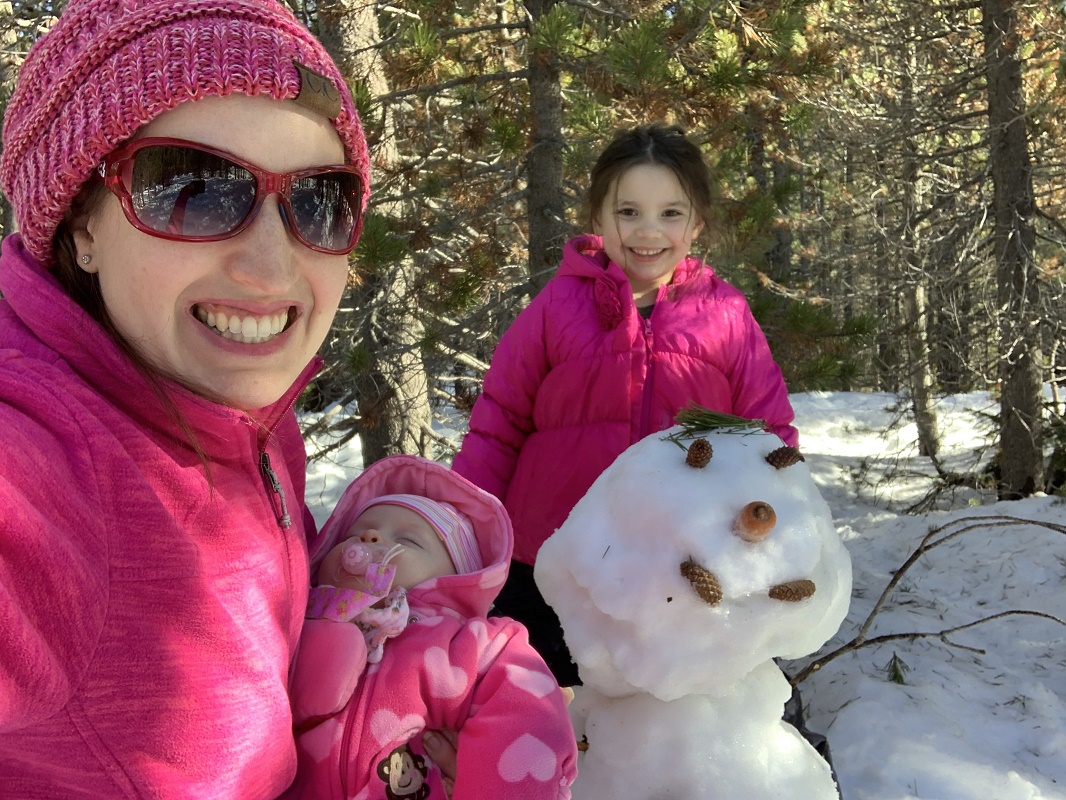Winter in Central California is a wonderful time of year. Cooler temperatures, crisp air, rain and snow inspire many families to head outside. And while wintertime activities like sledding, skiing and snowboarding are great ways to get the family active outdoors, there are some important safety tips for parents to keep in mind.
Dress for Success in Cold Weather
When dressing your child for a fun day in the snow, remember: layers are best. A good rule of thumb for young children is to dress them in one more layer than an adult would wear in that weather. For instance, if you dress in long pants and a long shirt, your child would need (at least) long pants, a long shirt and a sweater or jacket. Don’t forget a hat and warm gloves! And if you’re going to be doing a wintertime sport, like snowboarding, sledding or skiing, make sure a helmet and other protective gear are on your packing list.
But before you head to the closet, check the weather – being prepared for what the weather may bring that day can make all the difference.
Did you know? Because children are smaller than adults, their bodies lose heat more quickly. In cold weather, this means that frostbite and hypothermia can set in more quickly in children than in adults. Watch for signs of hypothermia: shivering, lethargy and slurred speech. If you suspect hypothermia, call 911 immediately. Take the child indoors, remove wet clothing and wrap them in warm, dry blankets.
Set Playtime Guidelines
Another important element in preventing frostbite and hypothermia is time. Set blocks of time where kids can play outside in the cold, then have them take a break inside to warm up. When kids come inside, make sure they replace any wet clothes with dry ones and warm up in a dry, warm area.
Be sure that kids never play outside alone, and it’s best if they are also actively supervised by an adult.
When scoping out a good area for wintertime activities like sledding and skiing, keep an eye out for hidden dangers; rocks covered with snow can seem invisible at first. Use only official snow parks – don’t go “off the beaten path.”


Dr. Nelson and her family explore a winter wonderland
Travel Safely
One of the most important elements of wintertime activity safety starts before you even get to your destination! When you’re getting ready to travel during the winter, it’s a good idea to prepare for bad weather; pack chains, blankets, water, food, flashlights and emergency flares, just in case. Be sure to charge cell phones before you go, but know that cell service may be spotty in mountainous and remote areas, so have a plan to call for help. Know your location and be prepared for it to take a bit for help to arrive.
For families traveling with young children, remember to securely fasten your little ones in their car seats or boosters. Take off thick, puffy jackets before you strap them in – these layers can compress easily during an accident, leaving plenty of room for a child to slip out of the harness. Instead, dress your little one in thinner layers while in the car seat, and wrap a blanket or coat over the harness or seatbelt to keep them warm.
Sun Protection: Not Just for Summertime!
It might surprise you to hear that wearing sunglasses to a day on the slopes is just as important as wearing them to a day at the beach. It’s true! The sun’s rays reflect off snow and can burn the outer layers of the eye, very similar to a sunburn. Plus, sun reflecting off the snow can make it hard to see, which poses its own dangers in crowded areas or in areas where there may be vehicles or cross-traffic.
Did you know? Snow reflects more of the sun’s rays than water or sand. Plus, the intensity of the sun’s rays increases at higher elevations because the higher up you go, there is less atmosphere to help filter the sun’s rays.
To help protect your eyes when you’re enjoying a winter wonderland, make sure your family wears sunglasses, brimmed hats and sunscreen (yes, sunscreen!) on exposed areas like your face and neck.
As with all safety tips, the best way to get ensure your kids follow these tips is to model them yourself! As your child’s first and best teacher, you can set an example for how to stay safe this winter – and all year long.
About the Authors
Kristina Pasma, BSN, RN, CPSI, is a trauma nurse liaison at Valley Children's Healthcare. She is also the Safe Kids Central California Coalition Coordinator and is passionate about educating children and their families about injury prevention at home and in the community.
Board certified by the American Board of Pediatrics, Dr. Hailey Nelson joined Valley Children’s as a complex care pediatrician at the Charlie Mitchell Children’s Center in 2016. Dr. Nelson enjoys working with children of all ages and abilities and is especially passionate about providing the best possible care to medically fragile children and their families. She is also a licensed breastfeeding consultant, certified by the International Board of Lactation Consultants to support nursing mothers and their babies.